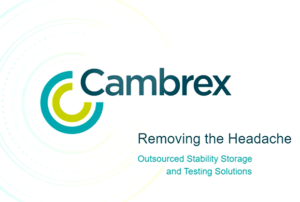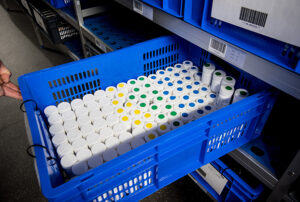Mitigating Hidden Risks: Extractables and Leachables
During the drug development process, it is important to identify any risks of product adulteration that could present a risk of toxicity, or affect stability or efficacy. It is widely accepted that drug makers must eliminate impurities in the drug product itself, but more recently, regulatory agencies have scrutinized the impact of impurities that may arise from the packaging of materials. In 1999, following extensive studies on the propellants used in metered dose inhalers, the FDA mandated that pharmaceutical manufacturers demonstrate the safety of materials used in production systems, container-closure systems and drug delivery devices. To comply with these standards, testing of extractables and leachables (E&L) is routinely performed to evaluate the potential for various chemicals to migrate from containers into drug products and biologics.
At Cambrex, our E&L analysis leverages the experience of our experts and the libraries of available data to conduct thorough examination of containment-closure systems and medical devices.
In this case study, learn about our approach to E&L studies, and how we helped one client receive approval for their implant.




